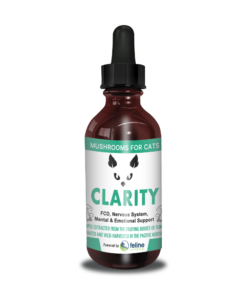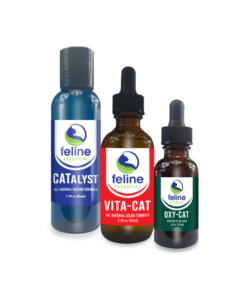When your cat needs a dental cleaning or any other procedure requiring anesthesia, it’s natural to feel a bit anxious. Anesthesia can be scary, but with the right preparation, you can help ensure your cat’s safety and make the process smoother. So, here are four important steps to take before your cat undergoes anesthesia.
1. Get a Full Blood Panel
A blood panel is essential for evaluating your cat’s overall health. It provides valuable insights into how your cat’s body is functioning, including kidney and liver health – two organs that play a crucial role in processing anesthesia. By doing this, your veterinarian can better determine whether your cat is a good candidate for anesthesia or if any adjustments are needed to ensure the process is as safe as possible.
2. Get a Urinalysis
While bloodwork is crucial, a urinalysis can catch things the blood test might miss. Maybe there’s an infections or other underlying conditions that could impact your cat’s safety under anesthesia. A urinalysis helps ensure your cat’s kidneys are functioning properly and can handle the stress of anesthesia. Early detection of any issues will allow your vet to address them before proceeding with the procedure.
3. Do a Heart Check
Cats can sometimes have undiagnosed heart conditions, which can complicate anesthesia. An electrocardiogram (ECG) or a Cardiac Pro BNP test will evaluate your cat’s heart function, helping your vet detect any potential problems. Knowing your cat’s heart and blood pressure is healthy enough for anesthesia could prevent serious complications during the procedure.
4. Ask About the Type of Anesthesia
Not all anesthetics are created equal. Speak to your veterinarian about what type of anesthesia will be used and whether it’s the best choice for your cat. You can do some of your own research by looking up the different brands of inhalant (gas) and injectable anesthesias used for cats. Understanding the process and the drugs involved helps ensure your cat receives the safest and most effective care possible.
Understand the anesthesia process is just as important as understanding the procedure that requires it. Following these steps can help protect your cat’s health – and in some cases, this knowledge could even save their life.




Recent Comments